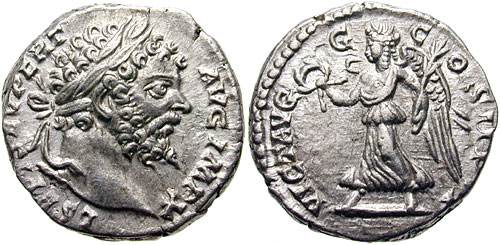*(Things that aren't boring junk)
A 1942 1 Pengö coin. Aluminium, pretty good condition. Found on an area of my farm that was once the town's livestock marketplace.


A 1954 2 Filler coin. Aluminium. From a scrap metal landfill(farm scrap) under a tree nearby (100m) the livestock marketplace.
There was a hole with an inset rivet in the middle of the coin - that rivet got smashed along the way, blocking the hole, and the coin is far gone.
(Most likely due to a lot of corroding iron nearby and wet ground - that combination does a galvanic number on aluminum. A minor wonder it's still there.) The laurel wreath is still visible, and it can still be partly read under 20 magnification, though. The back is so far gone I didn't bother taking a picture of it.

A 8x50mmR Mannlicher bullet (maybe 8x52). Lead core, steel jacket, bottom uncovered.
Found in an area that had been dense woods and swamps during the time, near a presumed bomb crater.
Due to the steel jacket, it was most likely a M90 or M93 version, which meant it was used in the M95 Steyr-Mannlicher, which was the primary rifle of Austria-Hungary. It may have been a 8x52R, which means it was used in the less used M1888 rifle (which was phased out and replaced by the M95 in 1895.) But they only built a million of those, and almost 4 million M95, so it's more likely to be the later, as the M1888 were phased out quickly.
In 1930 this bullet was obsolete, as almost all the rifles were converted to 8x56mm, which was a pointed bullet. So while it most likely was produced during or after WW1, there was never any fighting in this region, and it was not in civilian use.
The gun was still in use in Hungary and Austria right up to WW2, so it's most likely been fired in WW2 by Hungarians or Austrians, using obsolete arsenal weaponry, fighting alonside the Germans when Russian forces advanced towards Vienna in 1945.





